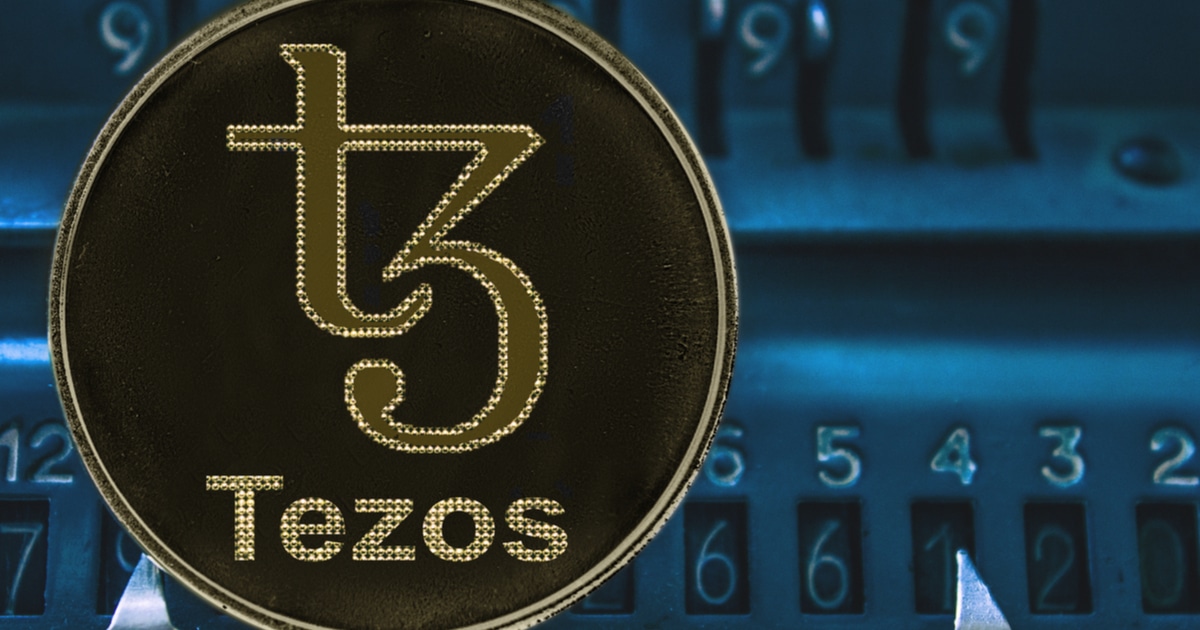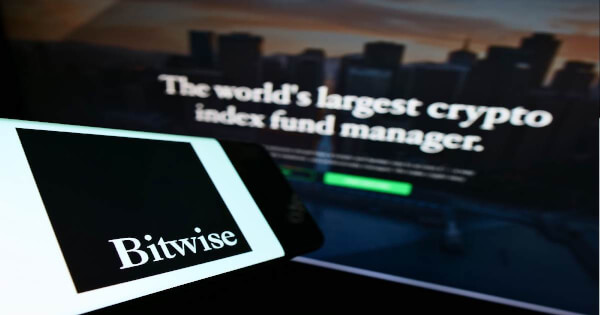 | I had written an article on the subject, but in the spirit of not clickfarming and trying to stir interesting convos here, figured I'd describe it here. What's Uniswap V2 A simple proposition where users provide 50/50 liquidity of two assets.If X goes up relative to Y, it sells X for Y.If X goes down relative to Y, it sells Y for X.You always buy the falling asset with the rising asset and earn fees on the way, profiting from volatility. Users provide liquidity proportionally to the entire curve, but most of the capital is sitting idle reserved for distant prices And Uniswap V3 Now you can concentrate liquidity by providing liquidity to a subsection of the price curve. This means that you earn greater fees relative to capital committed because less capital is reserved for distant sections of the curve. However... Since uniswap always buys the falling asset, when X falls below range, you hold 100% of X. When X moons beyond the upper range bound, you hold 100% of Y. This means you face much stronger exposure to changes in price than a V2. Thus putting the same amount of capital in a smaller range increase the risk to that capital. So what is this approach and how does it help I'm calling it Rolling Hills. Lets say you have 1000 units of liquidity.In V2, 10 units would be in volatility range earning fees, 990 are stagnant. In V3, you could put 1000 units in the same range as the 10 earning fees in V2, but then you have much higher risk of IL. Instead use V3 for the 10 units of liquidity v2 would have in range, and farm the remaining assets elsewhere. V3's capital efficiency does not require concentrating capital, but does allow for a lower capital commitment. A key benefit here is rotations. If the price of X exits the V3 range below your range bound, you need to sell X for Y to reenter the pool. Even if you enter 100% X buying up from a lower price than your previous range bound, you end up selling at a lower price than before and incurring IL. Thus rotating capital in from elsewhere can actually cause gains.  With a small range, if it exits range with ETH rising, will leave the pool in all DAI. To reenter must sell DAI for ETH. If price returns to previous price, you will have less value than had you not rotated. With a Rolling Hills approach, if price returns to previous, you'd have more value than had you not rotated. The same is true in reverse. A falling price means a small range exits all ETH. It sells ETH for DAI, and if price returns to stage 2 price, would have less value than had they not rotated. However the rolling hills strategy would return to stage 2 price with more value than had it not rotated. It appears using a broader perspective of a position and allowing it to have three states, X to be farmed, Y to be farmed and X:Y V3 LP in narrow range, can allow you to mimic the IL risk of V2 or Larger ranges, while minimizing capital committed to V3. TDLR: Instead of concentrating liquidity, commit less capital and use the freed up capital to earn elsewhere. Rotate external capital in, instead of rotating V3 capital when a V3 position falls out of range. [link] [comments] |

You can get bonuses upto $100 FREE BONUS when you:
💰 Install these recommended apps:
💲 SocialGood - 100% Crypto Back on Everyday Shopping
💲 xPortal - The DeFi For The Next Billion
💲 CryptoTab Browser - Lightweight, fast, and ready to mine!
💰 Register on these recommended exchanges:
🟡 Binance🟡 Bitfinex🟡 Bitmart🟡 Bittrex🟡 Bitget
🟡 CoinEx🟡 Crypto.com🟡 Gate.io🟡 Huobi🟡 Kucoin.




















Comments